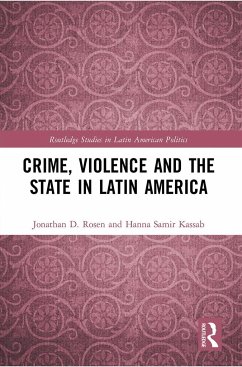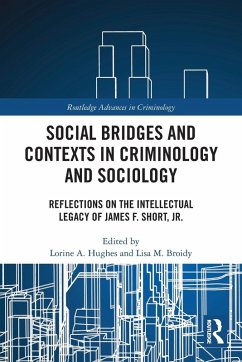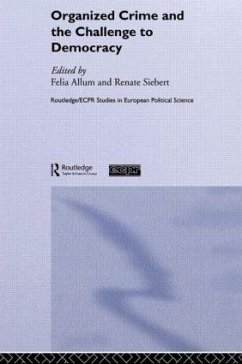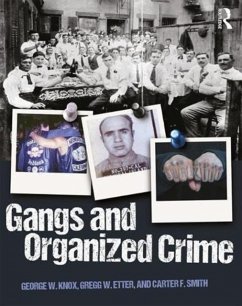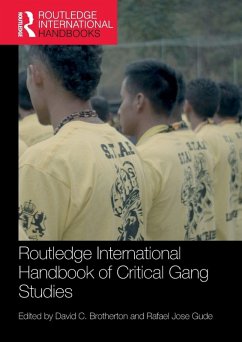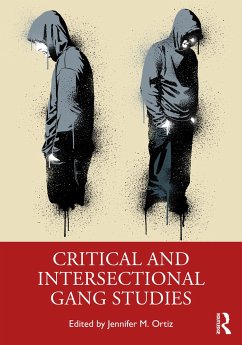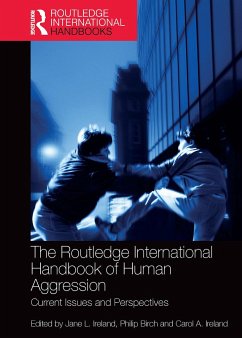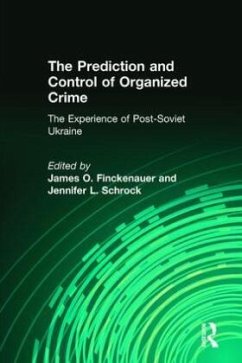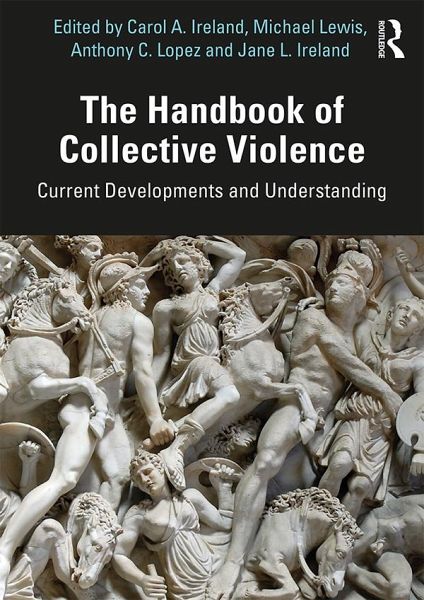
The Handbook of Collective Violence
Current Developments and Understanding
Herausgegeben: Ireland, Carol A.; Lewis, Michael; Lopez, Anthony; Ireland, Jane L.
Versandkostenfrei!
Versandfertig in 6-10 Tagen
68,99 €
inkl. MwSt.

PAYBACK Punkte
34 °P sammeln!
The first of its kind, The Handbook of Collective Violence covers a range of contexts in which collective violence occurs, bringing together international perspectives from psychology, criminology and sociology into one complete volume.There have been significant advances made in the last 25 years regarding how collective violence is conceptualised and understood, with a move away from focusing on solely individual forms of violence toward examining and understanding violence that can occur within groups. This handbook presents some of the most interesting topics within the area of collective ...
The first of its kind, The Handbook of Collective Violence covers a range of contexts in which collective violence occurs, bringing together international perspectives from psychology, criminology and sociology into one complete volume.
There have been significant advances made in the last 25 years regarding how collective violence is conceptualised and understood, with a move away from focusing on solely individual forms of violence toward examining and understanding violence that can occur within groups. This handbook presents some of the most interesting topics within the area of collective violence, drawing upon international expertise and including some of the most well-known academics and practitioners of our generation. Structured into four parts: understanding war; terrorism; public order and organized violent crime; and gang and multiple offender groups, this volume provides academics and practitioners with an up-to-date resource that covers core areas of interest and application.
Accessibly written, it is ideal for both academics and policymakers alike, capturing developments in the field and offering a deep theoretical insight to enhance our understanding of how such collective violence evolves, alongside practical suggestions for management, prevention and intervention.
There have been significant advances made in the last 25 years regarding how collective violence is conceptualised and understood, with a move away from focusing on solely individual forms of violence toward examining and understanding violence that can occur within groups. This handbook presents some of the most interesting topics within the area of collective violence, drawing upon international expertise and including some of the most well-known academics and practitioners of our generation. Structured into four parts: understanding war; terrorism; public order and organized violent crime; and gang and multiple offender groups, this volume provides academics and practitioners with an up-to-date resource that covers core areas of interest and application.
Accessibly written, it is ideal for both academics and policymakers alike, capturing developments in the field and offering a deep theoretical insight to enhance our understanding of how such collective violence evolves, alongside practical suggestions for management, prevention and intervention.






